Like most pet owners, I am head over heels in love with my dogs. As a dog owner, it is very important to have safe spaces for my dogs to explore. It’s great to have a pet friendly garden to send them out to in the morning and I can relax inside, carefree, drinking my coffee. Whether they are exploring or rolling in the grass, I want to make sure I have created a safe environment for my dogs to play in. The emotional pain of going through a pet’s sickness is awful, and the vet bills can quickly add up. Our pets can’t understand or learn about safety in the garden like we can, so it’s very important for me to be aware of what plants I place in my garden.
As very curious animals, dogs want to know about their surroundings. They learn from the scents they encounter which might get them into trouble when it comes to plants. Getting too close or chewing on the wrong type of plant can be harmful to your dog. Although you cannot monitor what is planted in your neighbourhood, you can make sure your outdoor space is safe for your pup to roam free. I always ensure my garden contains non-toxic plants, and thankfully there are many perennials to choose from that are safe for my dogs. A few of my favourties I have in my garden are coreopsis (tickseed), coral bells (heuchera), phlox, and kniphofia (red hot pokers). These varieties have added a lot of gorgeous colour to my garden. Your dogs will also appreciate larger plants such as rose of sharon (hibiscus) and tall grasses like pampas grass (cortaderia selloana). These will give your dogs the much-needed shade in those hot summer months.
Even though my dogs might not be inclined to ingest harmful foliage, I still want to add pet friendly plants to my garden. Adding safe plants will take the worry away and lead you to explore new plants for your garden! Robust and established perennials such as astilbe and nepeta are excellent as they are strong and can better withstand dogs walking through your garden beds. Even with a fully planted garden, it’s hard to keep my young dogs from getting into my garden beds from time to time!
Roses are another safe plant for your garden space. Their attractive and fragrant blooms provide beauty and colour to my garden (and the uncomfortable bushes will keep my dogs away).
Small fruit (strawberries, blueberries, raspberries) are also plants safe for dogs, as long as they are ingested in small quantities and are treated only with organic fertilizers. So thankfully I can still safely plant my favourite summer fruit.
With many plants available which are safe for your pets, it is easy to have a beautiful garden which is safe for inquisitive and playful dogs. When adding new dog friendly plants to my garden, I like to place chicken wire around them to protect them in case my dogs wander into my garden beds. This will allow my new plants to get established, and I won’t have to constantly watch to see if my dogs are walking all over them.
Keeping Your Pets Safe From Toxic Plants: A Spotlight on Agapanthus
Having plants in your home can add life and greenery to your living space. However, some popular houseplants can pose dangers to your furry friends. As pet owners, it is our responsibility to ensure our homes are safe for our pets. One such plant that warrants caution is agapanthus, commonly known as lily of the Nile or African lily. In this article, we will discuss the risks of agapanthus for pets and provide tips on keeping your pets safe.
What is Agapanthus?
Agapanthus is a genus of flowering plants that belongs to the amaryllis family. There are around 10 species of agapanthus, all native to South Africa These herbaceous perennials grow from rhizomes and produce long, narrow leaves. During summer, agapanthus produces clusters of funnel-shaped flowers on tall stalks The flowers can be white, blue, or purple.
While agapanthus adds vibrant color to gardens, they can be toxic to pets. All parts of the agapanthus plant, including the leaves, flowers, and roots, contain saponins. These naturally occurring chemical compounds can irritate the skin, eyes, and mucous membranes. If ingested, saponins may cause vomiting, diarrhea, and excessive salivation in pets.
Is Agapanthus Toxic to Cats?
Cats are particularly susceptible to agapanthus poisoning. Felines are curious creatures and may nibble on houseplants out of boredom or to aid with digestion. Since cats groom themselves frequently, they are also at risk of developing skin irritation if they come into contact with agapanthus sap.
Even small exposures can cause drooling, loss of appetite, and lethargy in cats. Ingestion of larger quantities may result in abdominal pain, tremors, and breathing difficulties. Without prompt veterinary treatment, agapanthus poisoning can be fatal in cats.
Is Agapanthus Toxic to Dogs?
Agapanthus is also toxic to canines. The saponins irritate the mouth and gastrointestinal tract in dogs. In mild cases, dogs may experience vomiting and diarrhea after ingesting parts of the agapanthus plant.
Larger ingestions can cause excessive drooling, tremors, and depression in dogs. Kidney failure is also a risk if a significant amount of agapanthus is consumed. Since dogs are less likely to nibble on plants than cats, fatalities are less common in canines. Still, agapanthus can make dogs very sick.
Signs of Agapanthus Poisoning in Pets
Look out for these symptoms if you suspect your pet has been exposed to agapanthus:
- Salivation/Drooling
- Vomiting/Diarrhea
- Loss of appetite
- Lethargy/Depression
- Abdominal pain
- Tremors/Seizures
- Skin irritation
- Breathing difficulties
Seek prompt veterinary treatment if any of these signs develop after exposure. Quick action is vital for a good outcome.
Keeping Pets Safe From Agapanthus
Here are some tips to protect your furry companions from agapanthus poisoning:
-
Avoid keeping agapanthus plants in your home or yard if you have pets that like to nibble plants. Opt for non-toxic alternatives instead.
-
Place agapanthus in hanging baskets or on high shelves out of your pet’s reach. Keep cats away from cut agapanthus flowers too.
-
Monitor your pets when they are around agapanthus plants. Train them to avoid nibbling greens.
-
Remove and properly discard any plant parts that fall on the floor before pets can eat them.
-
Familiarize yourself with the symptoms of agapanthus poisoning so you can seek timely veterinary help if needed.
-
Keep the number of your vet and an animal poison control center handy in case of emergencies.
What to Do if Your Pet Ingests Agapanthus
If you catch your pet nibbling on an agapanthus plant or see them consuming any part of it, take action right away:
-
Remove your pet from the area to prevent further ingestion.
-
Check their gums and mouth for evidence of irritation.
-
Call your vet or animal poison control hotline for advice.
-
If instructed, induce vomiting cautiously using 3% hydrogen peroxide. Give 1 teaspoon per 5 lbs body weight.
-
Watch for developing symptoms closely and take your pet to the vet immediately if their condition worsens.
With prompt veterinary treatment, most pets recover fully from agapanthus poisoning. However, it’s best to avoid exposure in the first place through preventative measures.
Safe Plant Alternatives
Luckily, there are many pet-safe houseplant alternatives you can choose instead of agapanthus:
- Spider plants
- Prayer plants
- Ponytail palms
- Pothos
- Boston ferns
- Air plants
- Christmas cactus
- Parlor palms
- Pet-safe succulents
These plants are non-toxic for both cats and dogs. However, supervision is still advised as ingesting large amounts of any vegetation can cause gastrointestinal upset in pets.
Creating a Pet-Friendly Home
Houseplants undoubtedly enhance our living spaces with their beauty and clean air benefits. However, they can pose hidden dangers to our furry friends who may be tempted to nibble. By selecting pet-safe varieties and taking preventative steps, we can help ensure our homes are hazard-free for our precious pets.
Stay vigilant and get informed on pet toxins. Avoid keeping potentially harmful plants in areas accessible to pets. Train pets to avoidsnacking on greens. With some care and planning, you can have both houseplants and happy, healthy pets at home.

Keeping Your Dogs Out of the Garden
There are some great methods to try to keep your dogs out of your garden. Dogs prefer to follow paths while outside. Using solid paving stones, or cement paths in your backyard is preferable over small cedar chips, or pea gravel, as soft ground material can easily lend itself to digging. Planting larger plants in the garden will also limit the entry spaces to your garden beds, and the amount of space dogs have roam around your plants. If there are certain areas of your yard you just don’t want your dogs to have access to, make sure it is a sturdy fenced area, and create a different designated area that is available for your dog. Providing a special area for your dog will allow them space to expel a lot of energy. I love to see my dogs running around and working off some of their energy as they will be less likely to get into trouble later – both inside and out!
Plants to Avoid in Your Dog Friendly Garden
There are a few common perennials that are poisonous plants for dogs. Some plants I always watch out for are hosta, dicentra (bleeding heart), clematis, iris, wisteria, and allium. These are all harmful to dogs. A very common harmful perennial to note is acontium (monkshood) also known as wolfsbane. This is only a short list of harmful plants and a more extensive list is available at ASPCA. However, there are still many safe and wonderful dog friendly varieties available. Before you dig up your favourite plants, check to see if your pet has any interest in any these plants. For example, if you have a hosta in the back of your garden where your dog doesn’t ever visit, or an iris in a container where your dog will not be able to access, it might be okay to keep them in your garden. If your pet doesn’t walk through your garden, certain varieties may be alright in your outdoor space. However, when planning out your garden it’s always a good idea to make sure to check the varieties to see if they are safe for your four-legged friend.
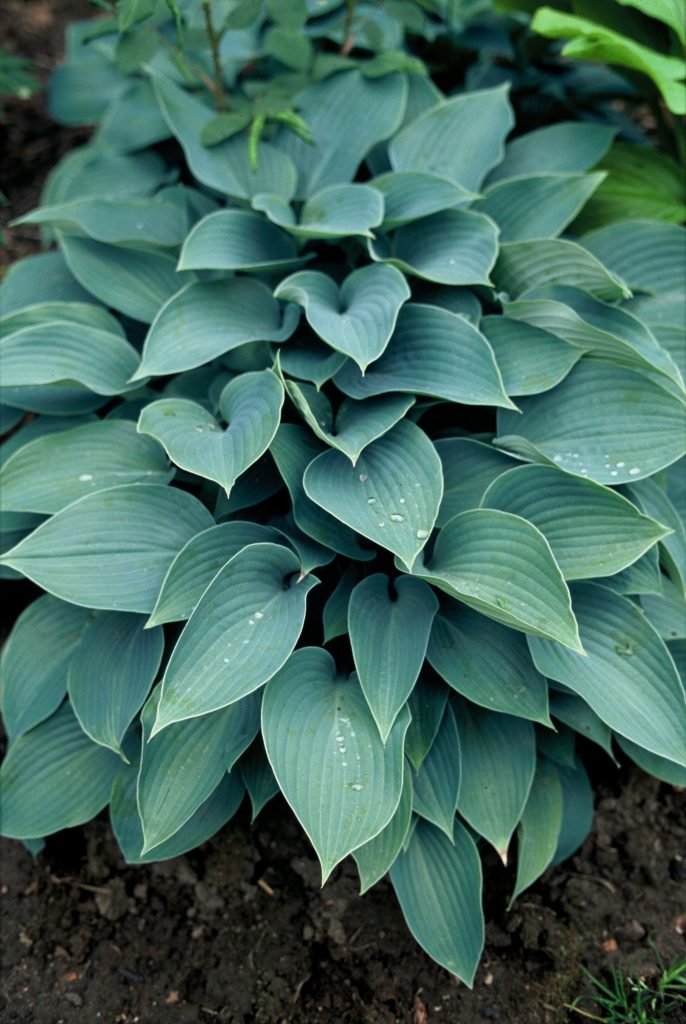 Hosta
Hosta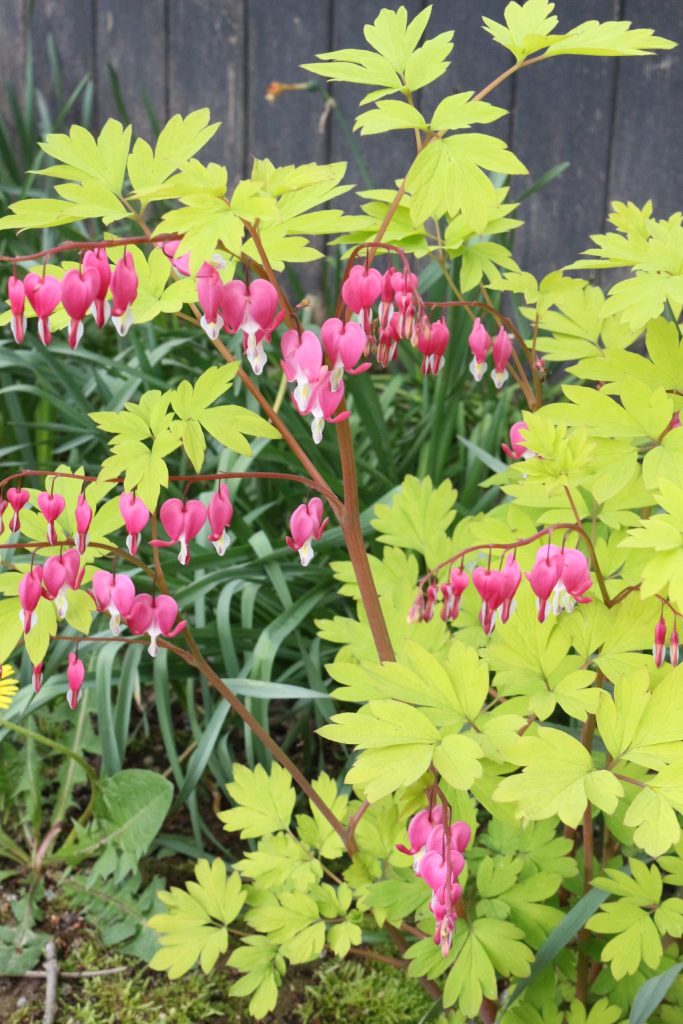 Dicentra
Dicentra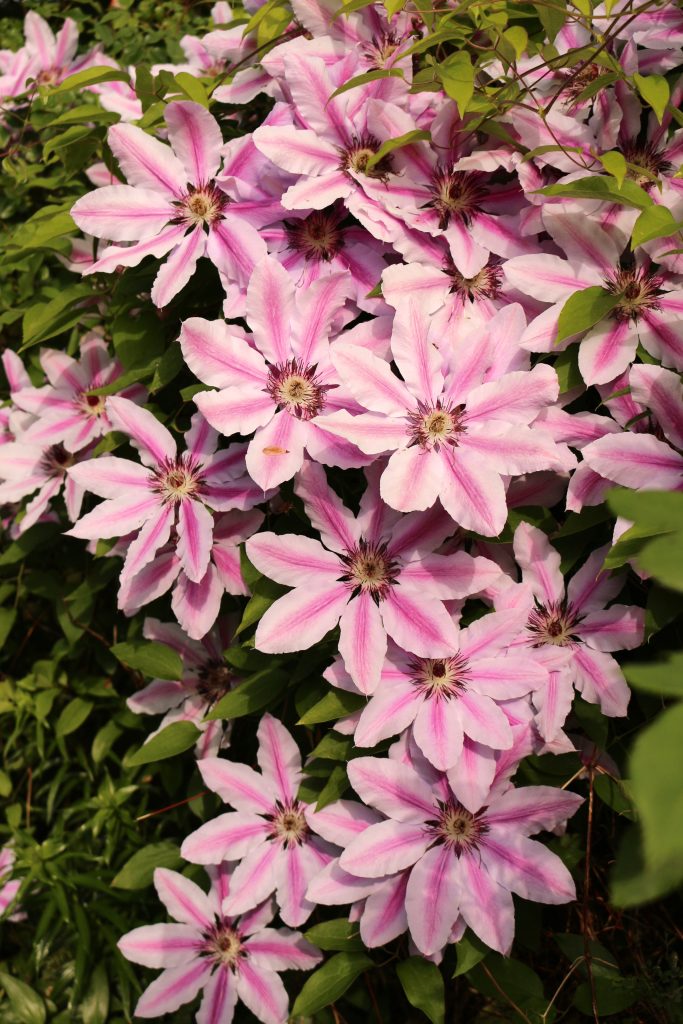 Clematis
Clematis Iris
Iris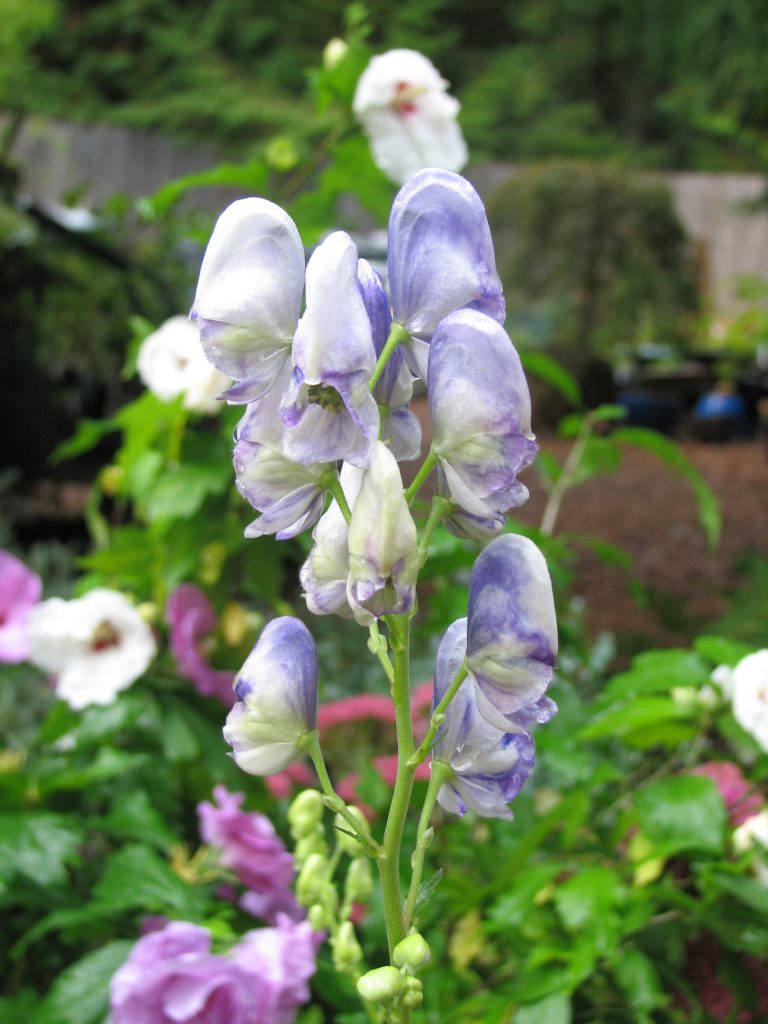 Acontium
Acontium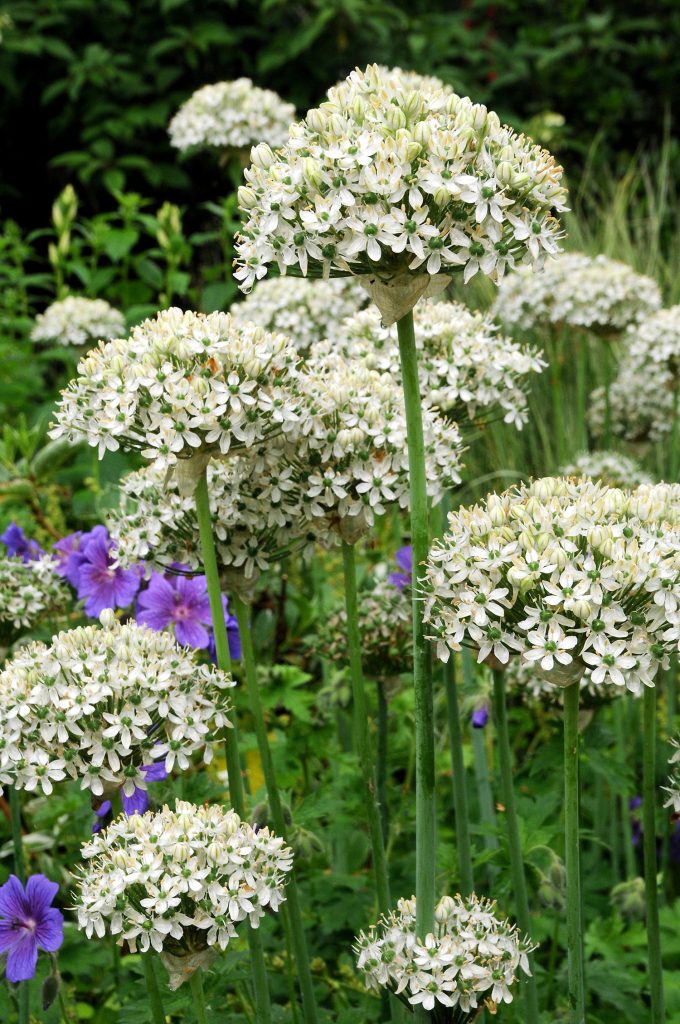 Allium
Allium
2023 GUIDE to Pet-Friendly Indoor Plants
FAQ
Is Agapanthus toxic to pets?
Are Agapanthus plants annual or perennial?
Are black-eyed susans toxic to dogs?
Do cats like Agapanthus?
Is Agapanthus poisonous to pets?
As a pet owner, it’s essential to keep your furry friend safe from toxic plants like Agapanthus. Here are some ways to prevent exposure: Keep the plant out of reach of pets by placing it on high shelves or hanging baskets. Consider planting it in a separate garden where pets do not have access.
Is Agapanthus a lily?
Agapanthus is a genus of herbaceous perennial plants native to South Africa. They are commonly known as Lily of the Nile or African lily. The plant has long, strap-like leaves and produces large clusters of blue or white trumpet-shaped flowers on tall stems. Why is Agapanthus Plant Dangerous for Pets?
Can dogs eat houseplants?
Of course, for the sake of your plants and your pets, you’ll want to keep all houseplants out of the general reach of your pets. If you have a specific plant in mind, the American Society for the Prevention of Cruelty to Animals (ASPCA) is a good resource for learning about plant toxicity for cats, dogs, and horses.
Are Houseplants toxic to cats and dogs?
And while some popular houseplants are toxic to cats and dogs, there are plenty of pet-friendly options to add greenery and purify the air in your home. Of course, for the sake of your plants and your pets, you’ll want to keep all houseplants out of the general reach of your pets.
